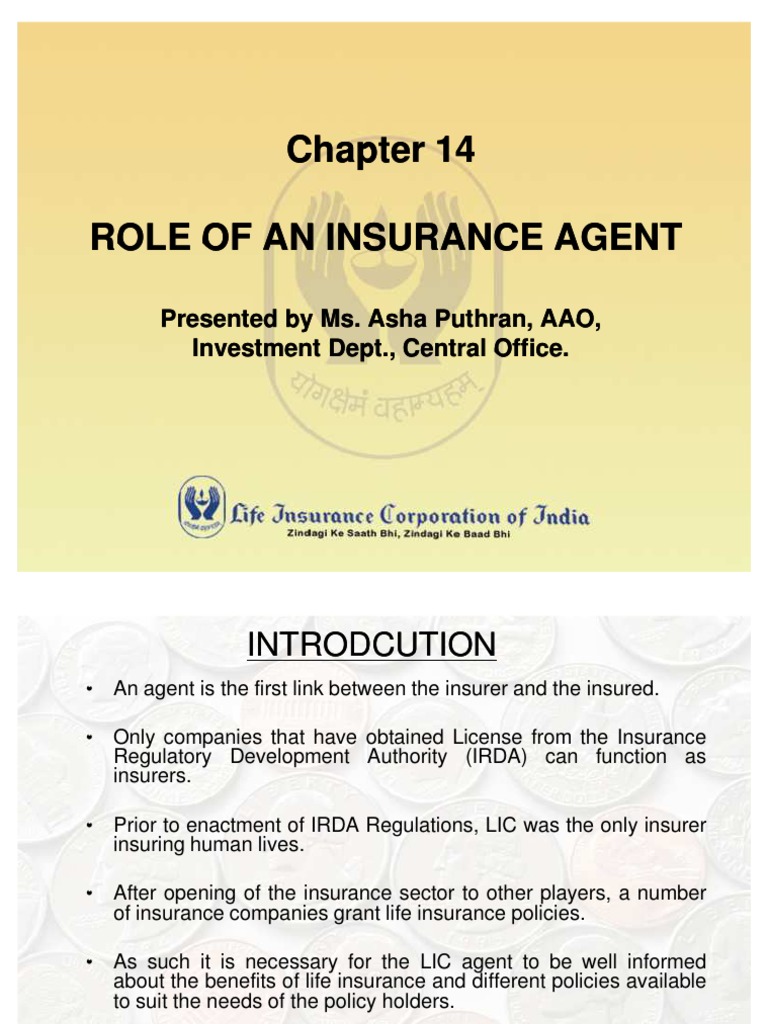How Pacific Prime can Save You Time, Stress, and Money.
How Pacific Prime can Save You Time, Stress, and Money.
Blog Article
The smart Trick of Pacific Prime That Nobody is Talking About
Table of ContentsGetting The Pacific Prime To WorkThe Buzz on Pacific PrimeSome Known Questions About Pacific Prime.The 7-Minute Rule for Pacific Prime
In most states, the insurance firm is called for to send you a copy of the modifications to your policy. It is vital that you read Endorsements or Bikers so you comprehend just how your plan has changed and if the policy is still adequate to meet your needs. To get a copy of your insurance coverage policy, please call your insurance coverage representative or firm.
The Institute of Medication (IOM) Board on the Consequences of Uninsurance launches a prolonged evaluation of proof that addresses the relevance of medical insurance coverage with the publication of this report. Protection Issues is the initial in a collection of six reports that will be released over the following 2 years recording the reality and consequences of having an approximated 40 million people in the United States without medical insurance coverage.

Pacific Prime - Questions
The goal of this series of research studies is to redouble plan interest on a longstanding issue. Adhering to the longest financial development in American history, in 1999, an estimated one out of every six Americans32 million adults under the age of 65 and even more than 10 million childrenremains uninsured (Mills, 2000).

Ten percent of the populace represent 70 percent of wellness care expenses, a correlation that has stayed consistent over the past 3 years (Berk and Monheit, 2001) - group insurance plans. Therefore wellness insurance continues to serve the feature of spreading out risk even as it significantly finances routine care. From the perspective of wellness treatment service providers, insurance coverage lugged by their people helps secure a profits stream, and areas take advantage of monetarily practical and steady healthcare experts and organizations
Government offers health and wellness insurance policy to populaces whom the personal market may not offer properly, such as impaired and senior individuals, and populaces whose access to health and wellness treatment is socially valued, such as kids and expecting women. The supreme ends of medical insurance coverage for the specific and areas, their explanation consisting of work environment neighborhoods of staff members and companies, are enhanced health results and lifestyle.
What Does Pacific Prime Do?
Employees rate medical insurance first without a doubt in significance among all the benefits used in the workplace (Salisbury, 2001). There have actually been substantial investments of personal and public funds to give health and wellness insurance coverage, numerous people still have no protection. Regardless of considerable reporting of study searchings for and health and wellness care research results, the public remains confused and mistaken about Americans without medical insurance and the effects of lacking protection.

Without doubt, the complexity of American healthcare financing devices and the wealth of sources of details contribute to the general public's complication and apprehension about health and wellness insurance statistics and their interpretation. This report and those that will certainly adhere to aim to boil down and offer in easily understandable terms the extensive study that bears on inquiries of wellness insurance policy coverage and its significance.
Fifty-seven percent of Americans polled in 1999 thought that those without wellness insurance are "able to get the treatment they require from medical professionals and medical facilities" (Blendon et al., 1999, p. 207). In 1993, when nationwide attention was concentrated on the problems of the uninsured and on pending wellness treatment regulation, simply 43 percent of those polled held this belief (Blendon et al., 1999).

They additionally obtain less preventative solutions and are less likely to have routine care for persistent problems such as high blood pressure and diabetes mellitus. Persistent diseases can lead to pricey and disabling complications if they are not well handled (Lurie et al., 1984; Lurie et al., 1986; Ayanian et al., 2000). One nationwide survey asked greater than 3,400 grownups about 15 highly major or dark problems.
Pacific Prime - An Overview
Additional proof is presented later on in this phase in the conversation of insurance policy and access to wellness treatment. https://giphy.com/channel/pacificpr1me. Individuals without medical insurance are young and healthy and balanced and select to go without insurance coverage. Virtually fifty percent (43 percent) of those surveyed in 2000 thought that people without medical insurance are more probable to have illness than people with insurance policy
Voters and policy manufacturers in focus group conversations characterize those without insurance policy as young people that have the chance to be covered and feel they do not require it (Doorperson Novelli, 2001). Contrasted to those with a minimum of some private insurance coverage, the uninsured are much less likely to report remaining in outstanding or excellent health and wellness (Firm for Health Care Study and High Quality, 2001).
SOURCE: Facility for Cost and Financing Research Studies, Firm for Healthcare Study and Quality, based on MEPS information. Young person between 19 and 34 are even more most likely to do not have medical insurance than any kind of other age. This is primarily because they are less often eligible for employment-based insurance policy because of the nature of their task or their short period in it.
The assumption that people without insurance coverage have better-than-average health and wellness adheres to from confusing the relatively young age profile of the uninsured with the far better health, on average, of younger persons. This covers the web link in between wellness status and health and wellness insurance policy. For those without accessibility to office wellness insurance coverage, bad health and wellness is a prospective obstacle to purchasing nongroup coverage because such coverage might be very valued, leave out pre-existing conditions, or be simply unavailable.
Report this page